On our last adventure day in Ohio (this trip) we went with my mom and dad to visit Hopewell Culture National Historical Park. This is one of the eight national park sites in Ohio. All of us had been there before but none of us recently. So I needed to get the stamp for my National Parks Passport Book.
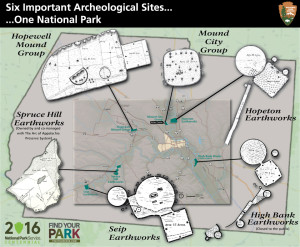 Hopewell Culture National Historical Park preserves and interprets some of the many mounds built by the Hopewell people more than 2,000 years ago. The mounds are concentrated in the Scioto River valley near Chillicothe, Ohio. The Hopewell people did not have villages but they left these mounds as artifacts for burial and ceremonial reasons. The most striking Hopewell sites contain earthworks in the form of circles, squares, and other geometric shapes. Even though many of the figures are more than 1,000 feet across, the circles and squares are often the same size at sites miles apart. Conical mounds up to 30 feet high are preserved within the circles and squares.
Hopewell Culture National Historical Park preserves and interprets some of the many mounds built by the Hopewell people more than 2,000 years ago. The mounds are concentrated in the Scioto River valley near Chillicothe, Ohio. The Hopewell people did not have villages but they left these mounds as artifacts for burial and ceremonial reasons. The most striking Hopewell sites contain earthworks in the form of circles, squares, and other geometric shapes. Even though many of the figures are more than 1,000 feet across, the circles and squares are often the same size at sites miles apart. Conical mounds up to 30 feet high are preserved within the circles and squares.
Hopewell Culture National Historical Park preserves six earthwork complexes: High Bank Works, Hopeton Earthworks, Hopewell Mound Group, Mound City Group, Seip Earthworks and Spruce Hill Earthworks. All of them are open to the public except for High Bank Works which is being actively excavated.
The Mound City Group is the only place that has a Visitors Center, so that is where we started. We saw the movie, which told us about the Hopewell people and connected them to the present day Shawnee, the descendants of the ancient Hopewell. We do not know what these ancient people called themselves. The Hopewell name comes from Captain Mordecai Hopewell who owned the farm where several large earthwork sites were excavated in 1891.
All of the sites have developed trails, several leading to overlooks. But not all of the sites still have their original mounds. Some of the mounds have been reconstructed after excavation. Many of the mounds were lost as the land was cultivated and farmed. The Hopeton Earthworks has a trail and a newly dedicated overlook, but you have to imagine the mounds as you look across the plowed fields below the overlook. Seip Earthworks contains the tallest mound, with the archaeological evidence of a ceremonial lodge next to it. The Mound City group has the largest concentration of mounds with 23.
The Hopewell people studied the stars and the sun in order to lay out and plan their mounds. Many of the mounds, especially the long, geometric shapes, have openings or orientations related to solstices. Many of the squares and octagons are lined up to reflect the 18.6 year lunar cycle, showing a knowledge of astronomy passed down through generations. Tom was especially impressed with the straightness of the Great Hopewell Road which runs from Newark to Chillicothe.
During World War I Camp Sherman operated on the site of the Mound City group and destroyed many of the still-surviving mounds. Reconstruction of the destroyed mounds was completed in 1923 and the site was declared a national monument. The mounds preserved by Hopewell Culture National Historical Park are just a remnant of the 5,000+ mounds that were originally built in the Scioto River valley.
The Hopewell people built the mounds to honor and memorialize their dead. By preserving, studying, and visiting the mounds that remain, we can be sure that the Hopewell culture remains alive.

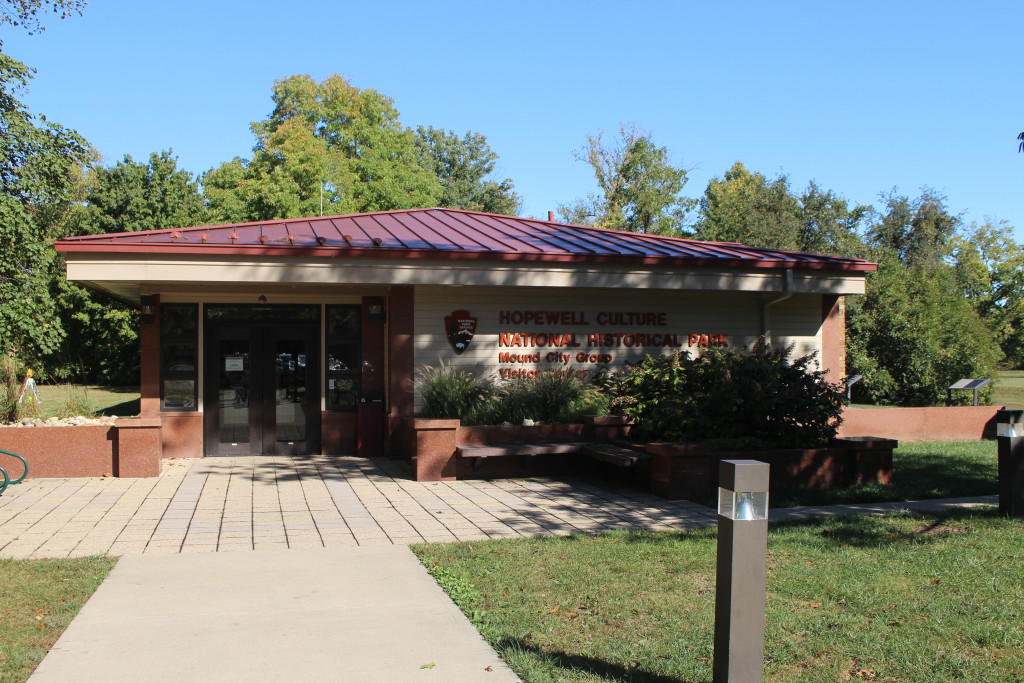
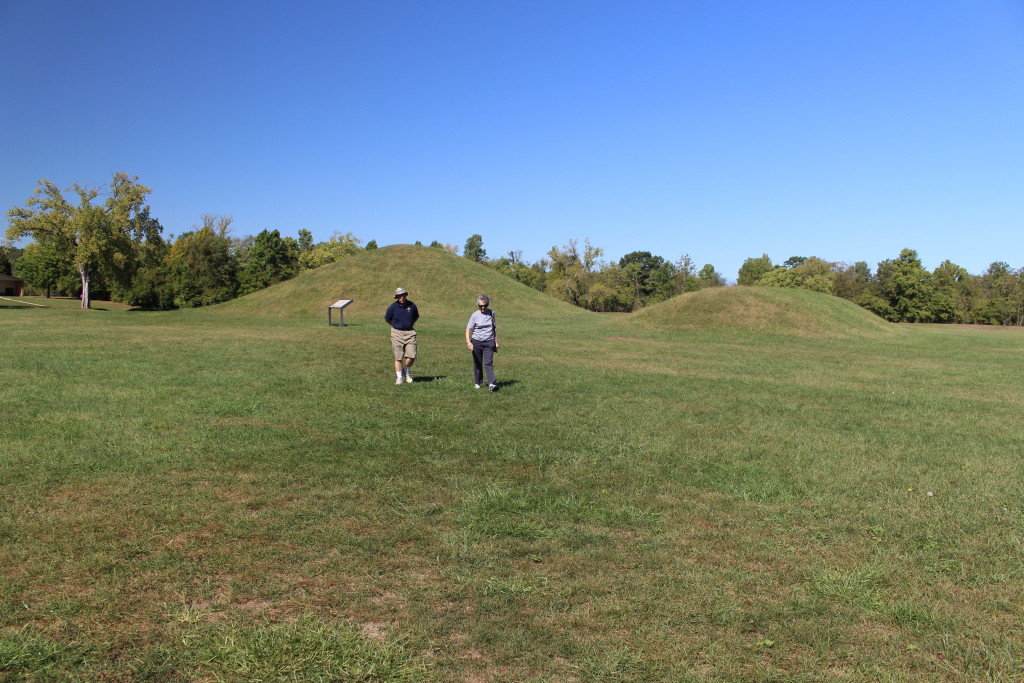
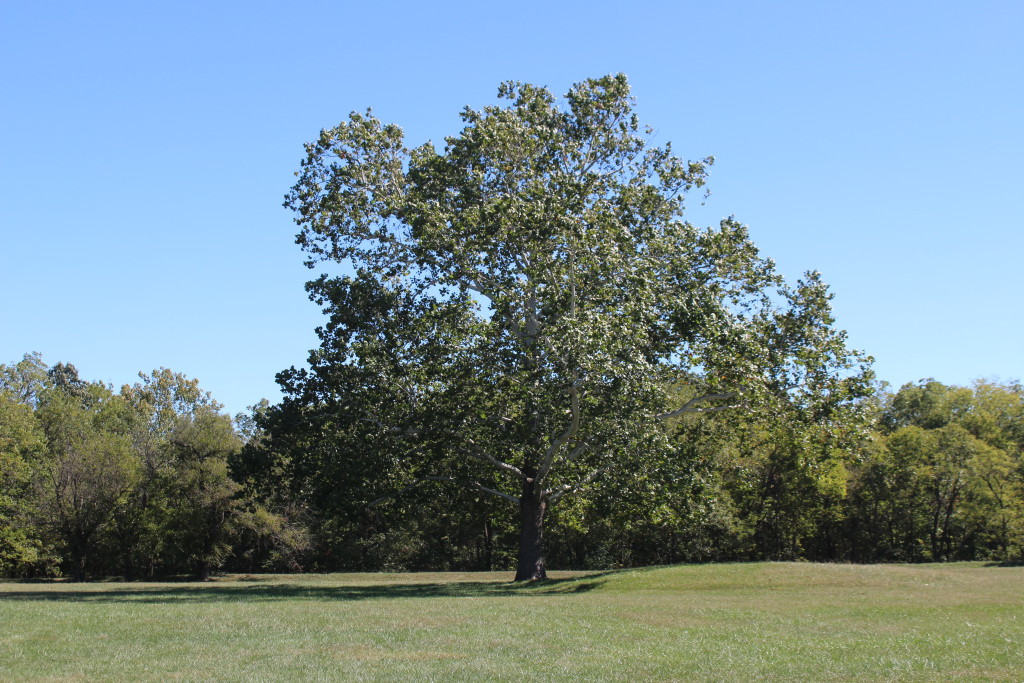
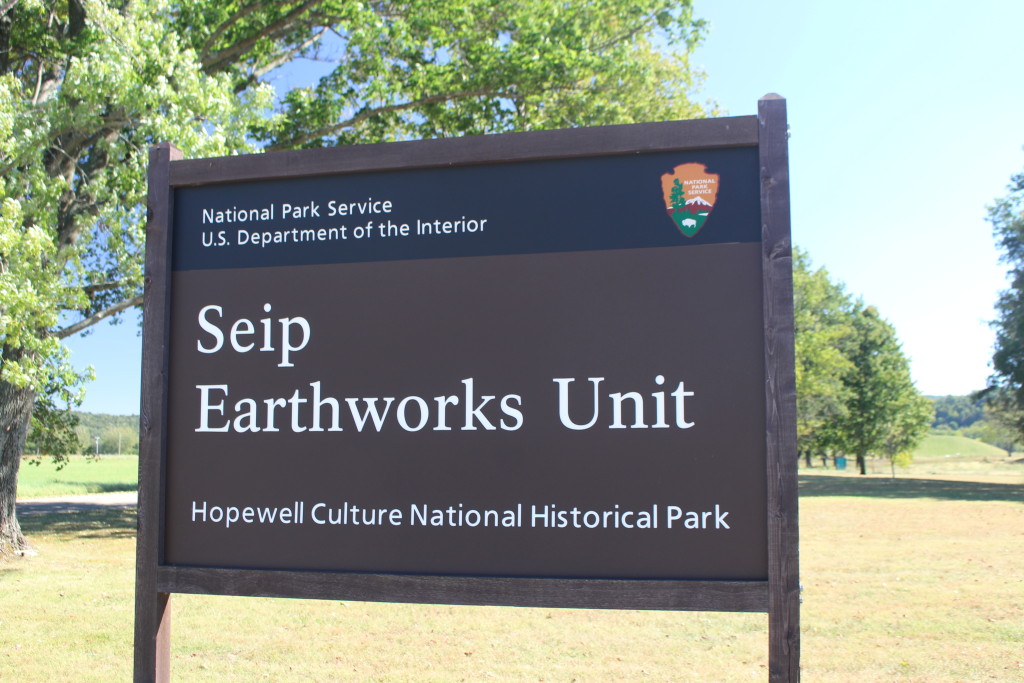
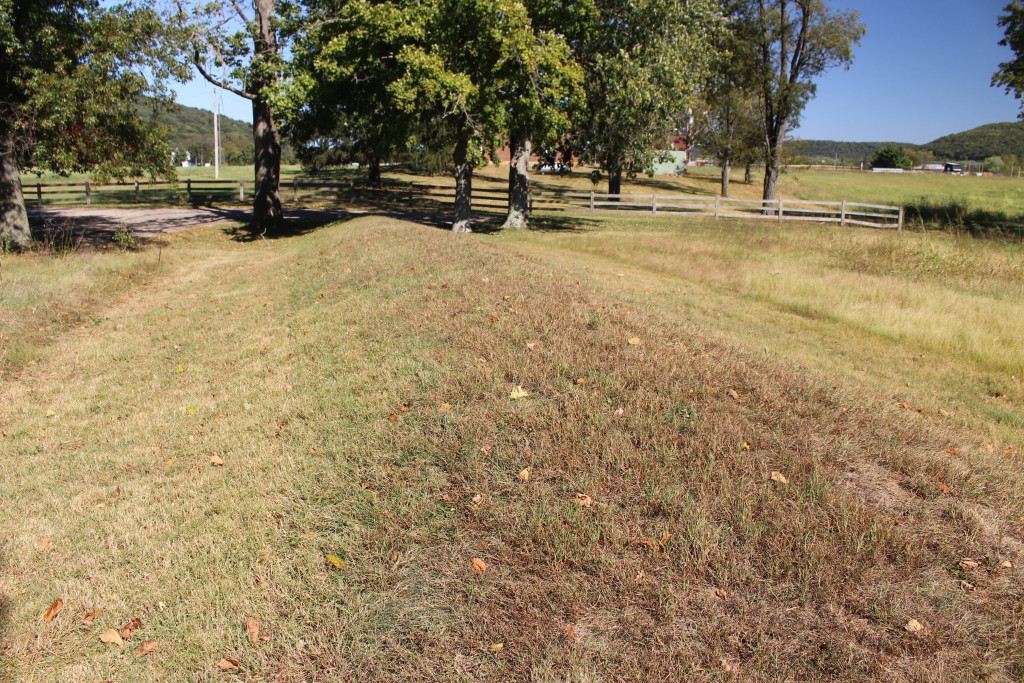
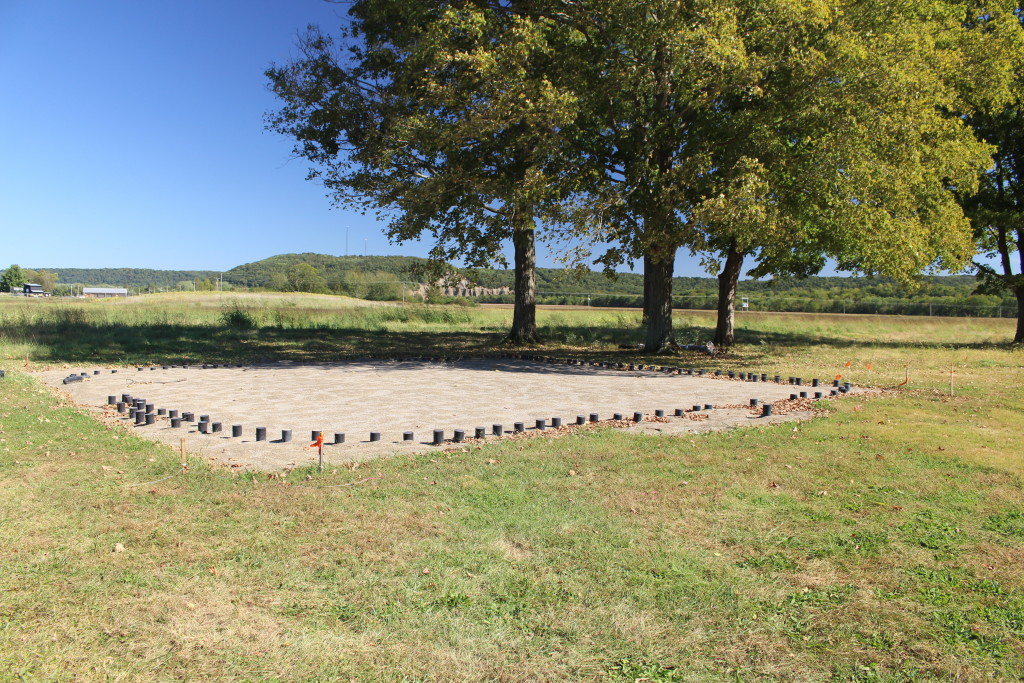
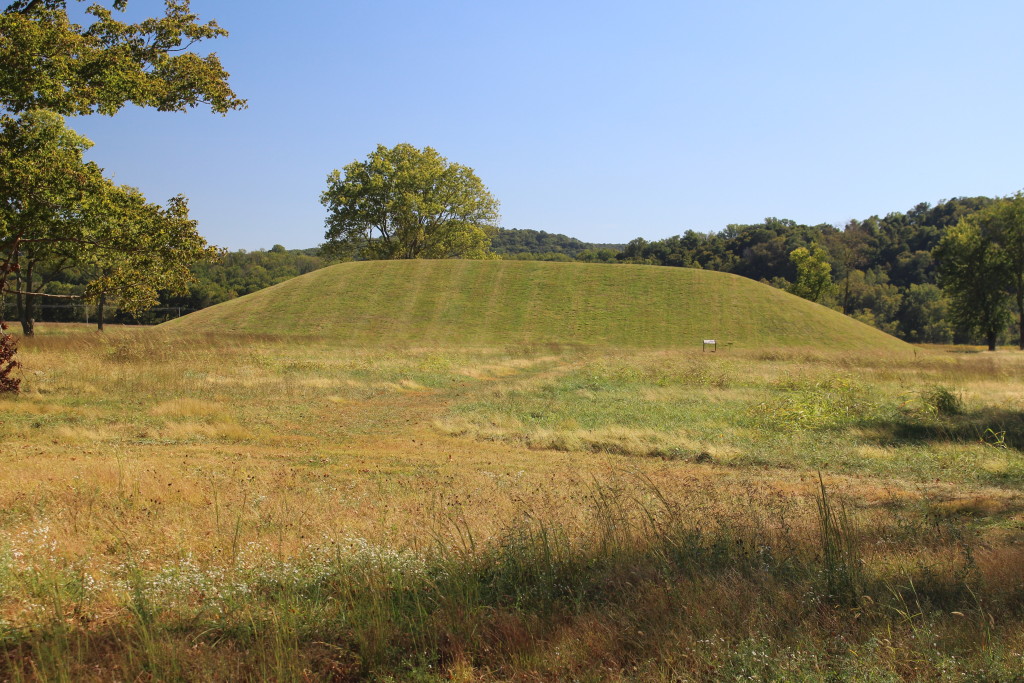
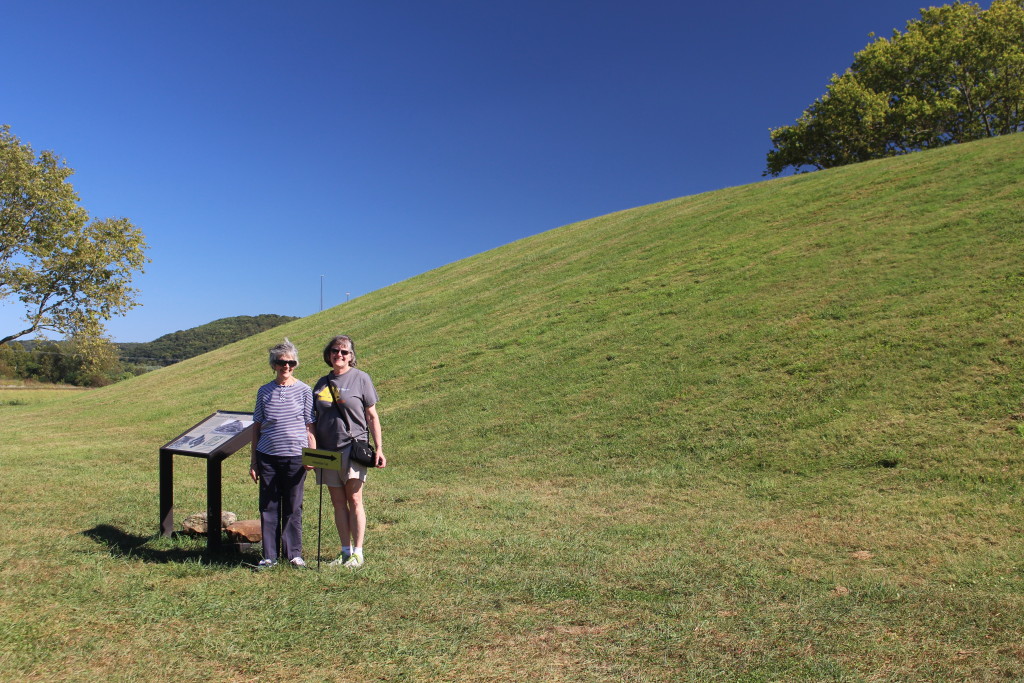
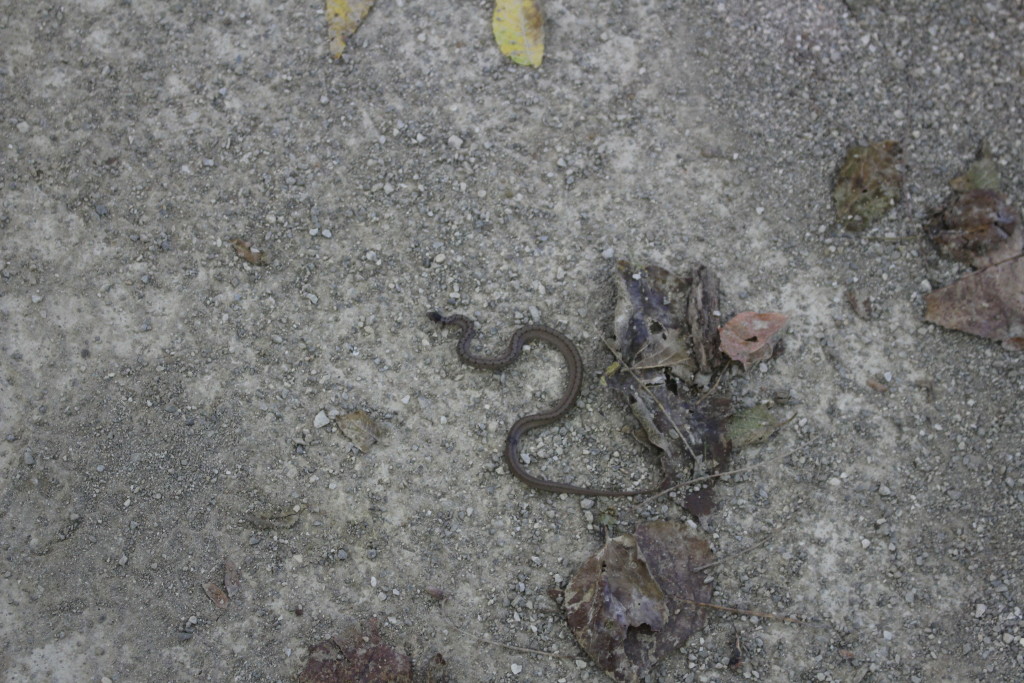
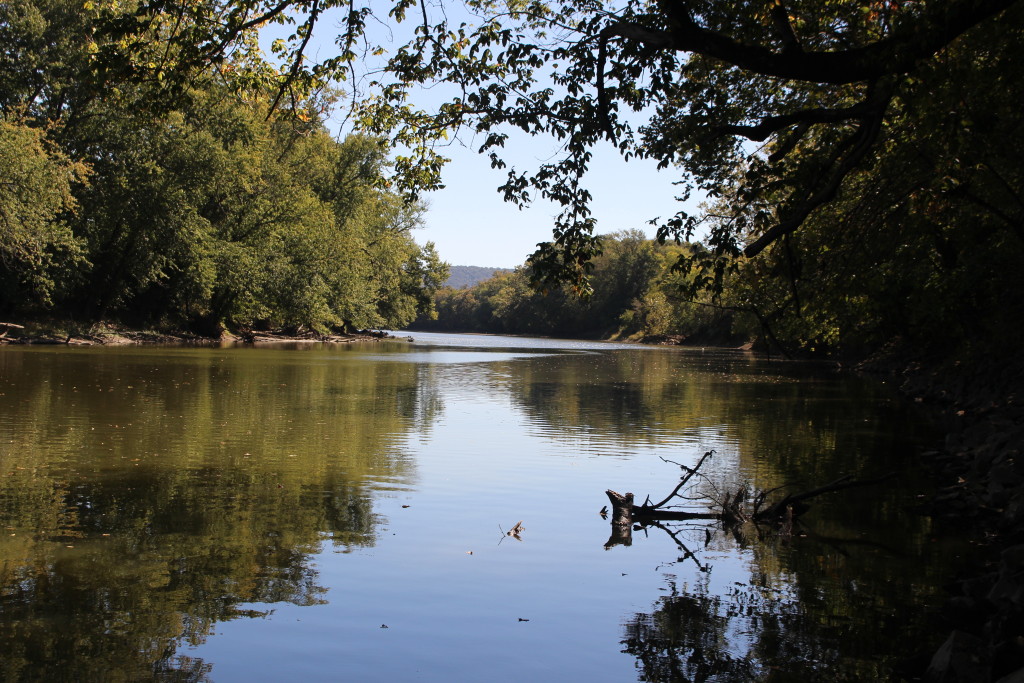
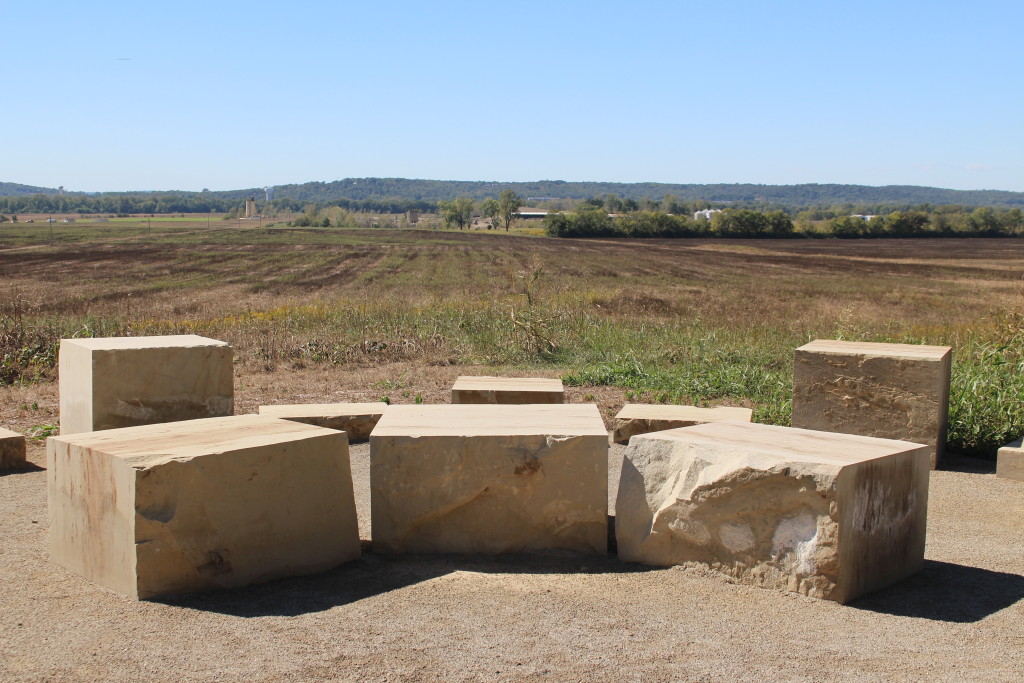
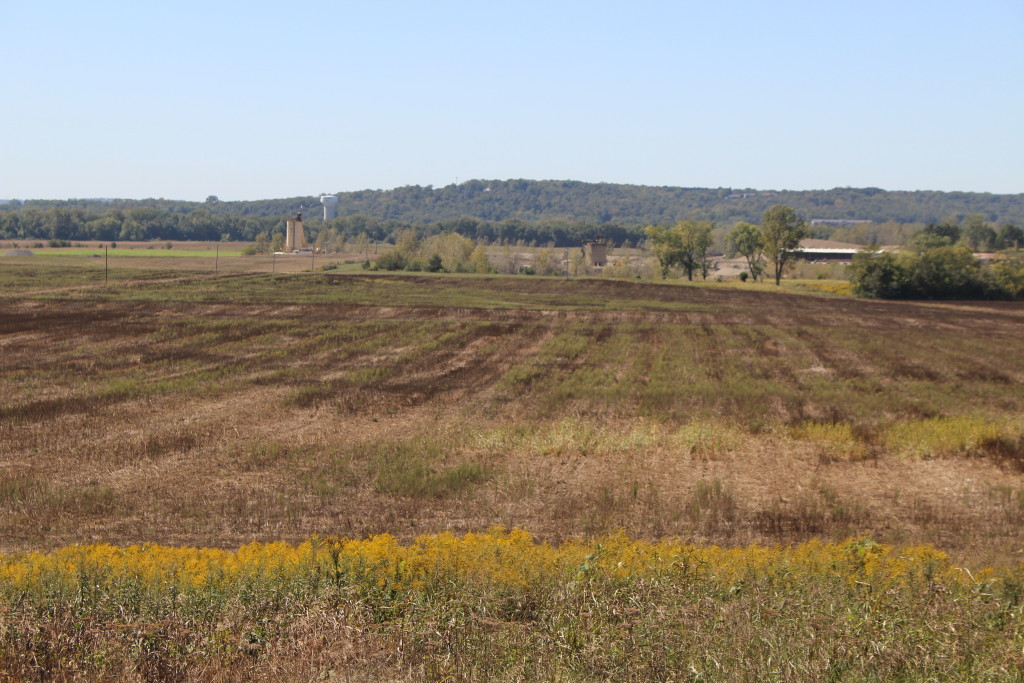
2 comments